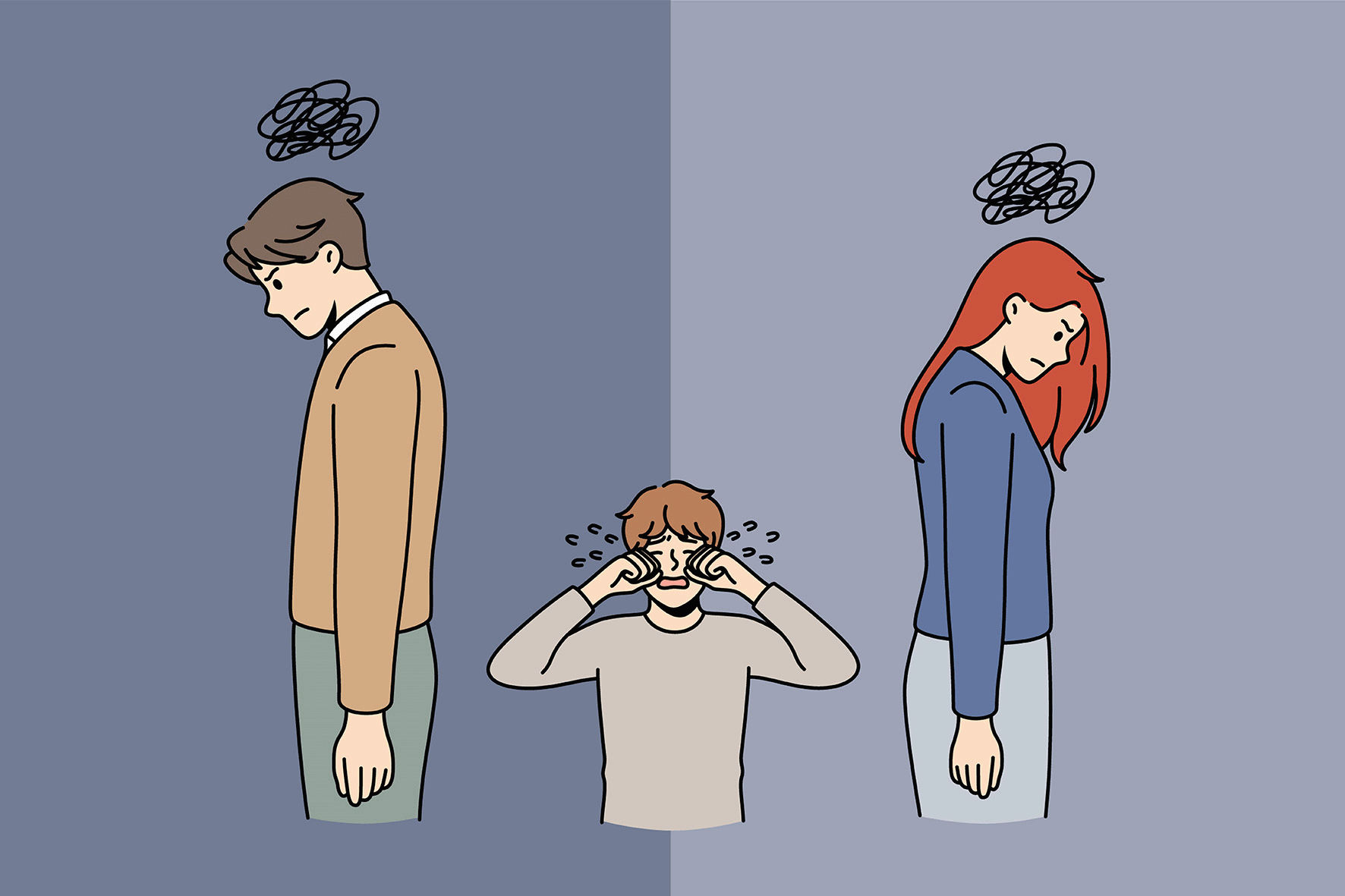trade
Copyright infringement no burden of proof against defendant to rebut prima facie case of copying designers brief not so restrictive as to give rise to copying Stoddard International Plc v William Lomas Carpets Ltd: Ch D (Pumfrey J): 19 January 2001The claimant brought an action against the defendant alleging that the defendant had infringed its copyright in a work of graphic design, namely the design for a patterned carpet.While the defendants design certainly seemed similar to that of the claimants, (a view supported by both expert evidence and evidence of reactions to the defendants design by persons in the carpet trade), the defendant alleged that the design had been arrived at independently, based on other sources.Geoffrey Hobbs QC and Iain Purvis (instructed by Lochners Technology Solicitors, Godalming) for the claimant; Martin Howe QC and Charlotte May (instructed by Addleshaw Booth & Co., Leeds) for the defendant.Held, dismissing the action, that a designer who denied copying had to climb a mountain represented by the objective similarities and inferences which could be drawn from them, and would be disbelieved if he could not satisfactorily explain the similarities; that the claimants expert witness had identified no less than 21 similarities between the two designs; that while the court could find that there was a prima facie case of copying and the defendant had failed to discharge the evidential burden of giving a comprehensible account of the events leading up to the creation of its similar design, where all the relevant persons and all the relevant documents were before the court, the court should be extremely slow to reach a decision purely on onus; that the evidence was sufficient to reach a conclusion, and, notwithstanding the formidable list of matters set out by the claimant, the defendant had not copied the claimants design; that where the brief received by a designer could reasonably be expected to cover something rather like the copyright work, and that designer (without knowledge of the copyright work) produced a number of designs similar to the copyright work, the question as to whether there was an infringement was one of degree; that if the brief was sufficiently constraining on the designer that he became the mere amanuensis of the person writing the brief, an infringement could take place; but that the designers brief had given him more than enough creative freedom for that not to have been the case.


























No comments yet